Chapter 8 Your First Steps with EDI
Take your first steps with EDI. This practical guide covers evaluating your current business processes, assessing your technical capabilities, and reviewing your trading partners' EDI requirements.
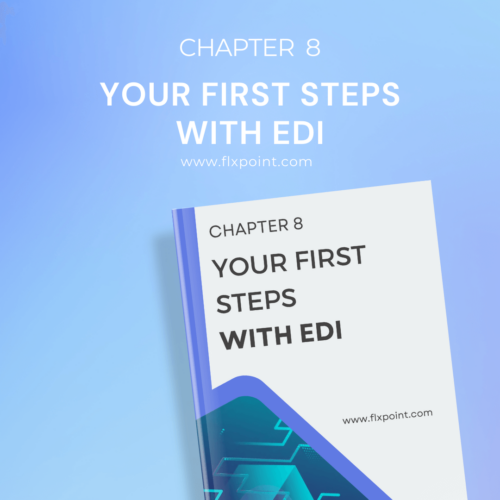
Chapter 8: Your First Steps with EDI
Electronic Data Interchange (EDI) can significantly improve how your ecommerce business operates by automating the exchange of critical information with suppliers, warehouses, and other trading partners.
Before diving into EDI, it’s essential to understand the basics and make informed decisions that align with your business goals. This chapter covers the initial steps to start with EDI, key questions to ask when selecting a provider, metrics to evaluate its impact, and how Flx EDI can benefit your dropship retail business.
Easy Steps to Get Started with EDI
Starting with EDI requires careful planning and execution. First, evaluate your current business processes and identify which trading partners require EDI communication. Next, assess your technical capabilities and determine whether you need a cloud-based or web-based solution. For most ecommerce businesses, cloud-based EDI offers the most practical starting point due to its minimal infrastructure requirements and quick setup time.
Once you’ve determined your basic needs, conduct a thorough review of your trading partners’ EDI requirements. Each partner may have specific document types, communication protocols, and testing procedures. Document these requirements to ensure your chosen solution can accommodate all necessary transaction types.
The implementation process typically involves selecting a provider, setting up the technical infrastructure, testing with trading partners, and training your team. Working with an experienced EDI provider can significantly smooth this transition, as they can guide you through each step and help avoid common pitfalls.
Questions to Ask Before Choosing an EDI Provider
When selecting an EDI provider, your decision will significantly impact your business operations and growth potential. Let me walk you through the critical questions you should consider during the evaluation process.
Understanding Trading Partner Requirements
Start by asking providers about their experience with your specific trading partners. Each retailer or supplier has unique EDI requirements and specifications. A provider who already works with your trading partners will understand these specifications, potentially saving months of setup time and reducing compliance issues. Ask them to share specific examples of how they’ve handled similar partner integrations and what challenges they encountered.
Technical Integration Capabilities
Examine how the provider’s system will connect with your existing business applications. The EDI solution must integrate seamlessly with your order management system, warehouse management system, and accounting software. Ask about their specific integration methods, whether they use APIs, flat files, or other connection types. Request examples of successful integrations with systems similar to yours and understand the timeline and resources needed for implementation.
Scalability and Performance
Consider how the provider handles transaction volume increases. Ask about their system’s processing capacity and response times during peak periods. Understanding their infrastructure and redundancy measures is crucial. For instance, if you currently process 1,000 orders monthly but expect to grow to 10,000, ensure the provider can handle this increase without performance degradation or significant cost increases.
Support Structure and Availability
Check their support system thoroughly. EDI operations are often time-sensitive, and issues need quick resolution. Ask about their support hours, response time guarantees, and escalation procedures. Understand if they provide dedicated account management or if support is pooled. Request details about their onboarding process and ongoing technical assistance. Consider the different time zones of your trading partners and ensure the provider’s support hours align with your operational needs.
Pricing Model and Total Cost
Understanding the complete cost structure is crucial. Providers may charge based on various factors: monthly subscriptions, per-transaction fees, trading partner connections, or document types. Ask for detailed pricing scenarios based on your current and projected volume. Include questions about hidden costs like maintenance fees, support charges, or additional trading partner setups. Request examples of typical monthly bills for businesses similar to yours.
Security and Compliance
Examine their security measures and compliance certifications. Ask about data encryption methods, backup procedures, and disaster recovery plans. Understand how they handle sensitive information and maintain compliance with industry standards. Request information about their uptime guarantees and historical performance metrics. This is particularly important if you handle sensitive customer data or operate in regulated industries.
Testing and Implementation Process
Get detailed information about their testing procedures and implementation timeline. Understand how they handle trading partner testing and certification processes. Ask about their quality assurance measures and error handling procedures. Request a step-by-step implementation plan, including resource requirements from your team and estimated completion timeframes.
Future Development and Innovation
Consider the provider’s commitment to technological advancement. Ask about their development roadmap and how they stay current with industry changes. Understand their process for implementing new trading partner requirements or EDI standards. This insight helps ensure the provider will continue to meet your needs as your business evolves and industry requirements change.
Tips to measure how EDI is helping your business
To evaluate EDI’s impact on your business, track several key performance indicators. Monitor order processing time by comparing manual versus EDI-processed orders. This metric directly shows efficiency improvements. Track error rates in order processing, shipping notifications, and invoicing to demonstrate accuracy improvements.
Measure cost savings by calculating the reduction in manual data entry hours, paper usage, and processing time. Also track the speed of order-to-cash cycle, as EDI typically accelerates this process significantly.
Monitor trading partner satisfaction through reduced chargebacks and improved compliance rates. These metrics indicate how well your EDI system meets partner requirements and maintains data quality.
How Flxpoint EDI Can Help Grow Your Dropship Retail Business
Flxpoint’s EDI system is designed to streamline dropshipping operations by enabling seamless communication between retailers and suppliers. With built-in specifications for various EDI transaction types like purchase orders, invoices, and shipping notices,
Flxpoint ensures data flows smoothly between your sales channels and fulfillment partners. The system supports inventory updates in near real-time, helping you avoid overselling or stockouts.
Flxpoint also facilitates custom integrations tailored to your specific needs. For instance, if your suppliers use unique identifiers or data formats, their team can build custom connections to ensure compatibility. The platform supports secure data exchange through SFTP, which eliminates the need for costly alternatives like AS2 or VANs. Additionally, Flxpoint’s in-house development and support teams are available to address any issues, making it easier for you to focus on scaling your business.
By automating key processes, Flxpoint helps reduce manual errors, shortens fulfillment cycles, and improves your ability to manage multiple suppliers and sales platforms. This enables you to focus on growing your dropship business while ensuring your backend operations run efficiently.
Steps to Set Up FLX EDI Integration
- Add Suppliers or Vendors: Log in to your EDI platform and register your suppliers or vendors as data sources. Ensure their details, such as names and identifiers, are correctly entered into the system.
- Exchange Initial Information: Communicate with your supplier or vendor to share essential information, including their EDI interchange IDs and the document types they will be trading with you. Common documents include purchase orders (850) and inventory advice (846).
- Configure Connection Settings: Set up the connection between your system and the vendor’s using protocols like SFTP (Secure File Transfer Protocol). If your vendor cannot host the connection, platforms like Flxpoint often provide free hosting options.
- Load Initial Data: Upload a basic set of product details, including SKU codes and pricing. This data ensures your system can process a test transaction to verify the connection.
- Test Transactions: Perform test transactions, such as sending a purchase order or receiving inventory advice, to confirm that data flows correctly between systems. Your EDI specialist can help troubleshoot any issues during this phase.
- Start Exchanging Documents: Once the setup is complete and tests are successful, you can begin exchanging live documents. It’s crucial to monitor these exchanges initially to address any discrepancies quickly.
By using Flxpoint’s EDI capabilities, dropship retailers can improve operational efficiency, reduce costs, and enhance collaboration with suppliers, enabling them to focus on growth and customer satisfaction.
Conclusion
By following these steps, asking the right questions, and measuring the right metrics, you can effectively implement EDI in your ecommerce business and unlock its potential to drive efficiency and growth. Flxpoint’s tailored solutions further ensure that your transition to EDI is smooth and beneficial for your business.
Guide Chapters
- Chapter 1: What is EDI?
- Chapter 2: How EDI Helps Ecommerce Businesses
- Chapter 3: Everyday Uses of EDI in Ecommerce
- Chapter 4: How to Start Using EDI
- Chapter 5: Why EDI is Better Than Manual Work
- Chapter 6: EDI vs. APIs: What's the Difference?
- Chapter 7: The Future of EDI in Ecommerce
- Chapter 8: Your First Steps with EDI
- Chapter 9: EDI is the Future of Ecommerce
- Chapter 10: Quick Glossary of EDI terms
- Chapter 11: Checklist to Prepare for EDI Setup
All Chapters in This Guide
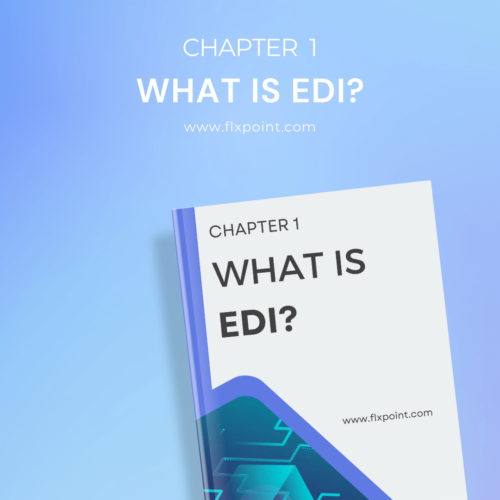
Start with the essentials. This chapter breaks down what EDI is, how it works, and why it’s a critical tool for modern ecommerce businesses. We simplify the technical jargon so you can clearly understand how EDI automates the exchange of business documents with your suppliers, warehouses, and trading partners.
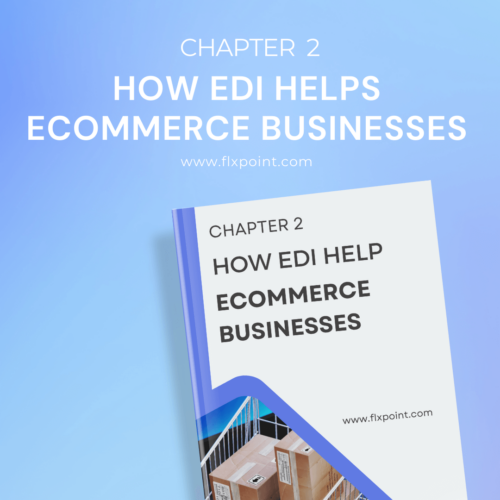
Explore the powerful benefits EDI brings to your ecommerce operations. From faster communication and fewer errors to cost savings and improved accuracy, this chapter shows how EDI makes your business leaner, smarter, and more competitive.
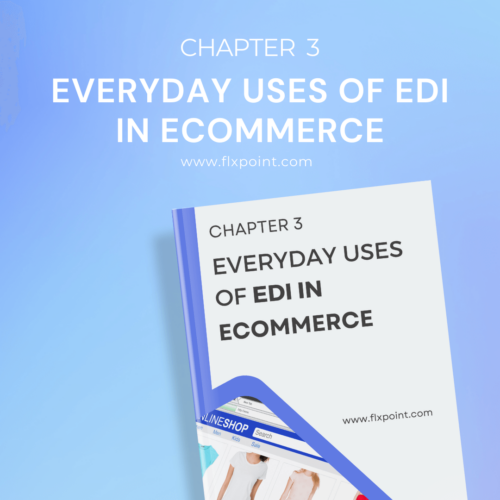
See how EDI shows up in real day-to-day workflows. This chapter highlights common applications like order placement, shipping confirmations, inventory updates, and invoicing—so you can understand the practical ways EDI supports smooth operations.

Ready to get started? This chapter walks you through the process of adopting EDI, including evaluating your current tech stack, selecting the right partners, and integrating EDI into your existing systems. No technical background required—we make it approachable.
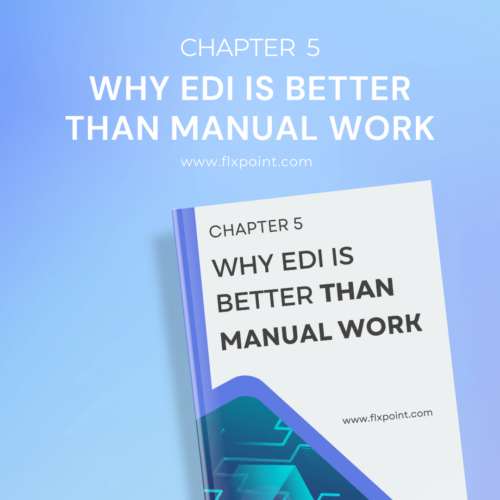
If you're still relying on spreadsheets, emails, or manual uploads to exchange data, this chapter is a game-changer. Learn how EDI eliminates human error, speeds up workflows, and allows your business to scale without adding more headcount.
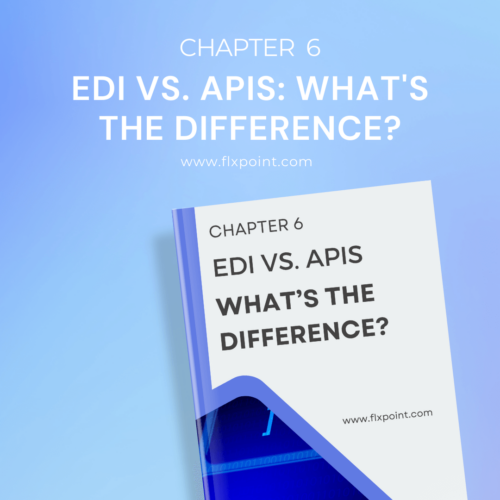
Wondering when to use EDI or APIs? We break down the differences between these two powerful tools, when each makes the most sense, and how they can work together in a well-rounded ecommerce tech stack.

EDI is evolving rapidly. In this chapter, we explore upcoming innovations—like machine learning, tighter integrations with fulfillment partners, and greater automation. Discover how to stay ahead of the curve and be ready for what’s next.
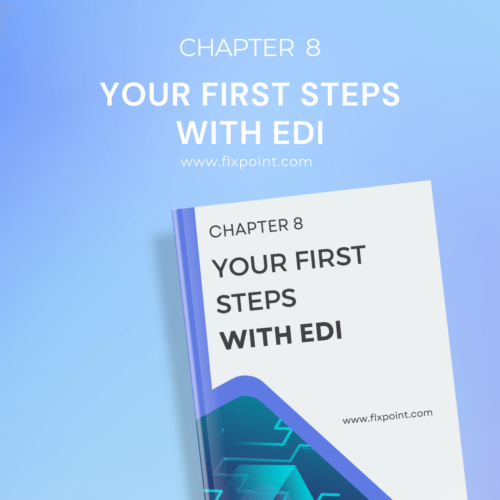
It’s time to take action. This chapter provides a hands-on guide to assessing your business readiness, aligning with trading partners, and identifying the tools you need to implement EDI smoothly and successfully.
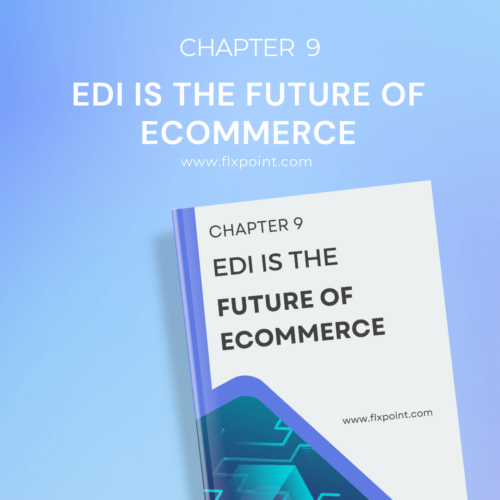
This isn’t just a short-term solution—it’s a long-term strategy. Learn why businesses adopting EDI today are better positioned to grow, adapt to change, and lead in a digitally connected ecommerce world.

EDI doesn’t have to be intimidating. We’ve created a glossary of key terms and acronyms to make the language of EDI more accessible, so you can communicate confidently with partners and providers.
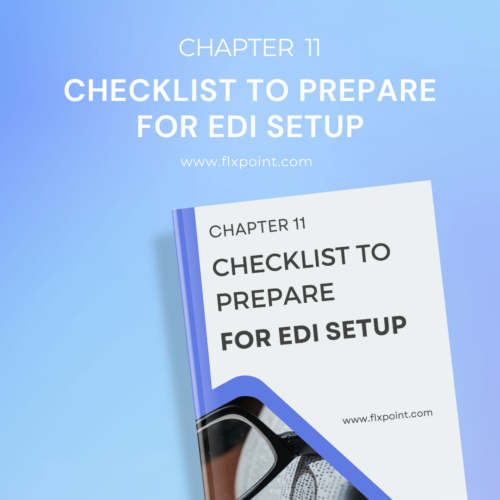
Make sure you’re truly ready. This checklist walks through everything you’ll need to set up EDI the right way—from choosing the right platform to aligning your workflows and evaluating technical requirements. Consider this your pre-launch playbook.
Kenneth Cole's Smart Savings With Shopify EDI Connections
"They had never used Flxpoint before. But working with [the Flxpoint] team, they learned it and we're about to onboard our newest footwear partner, and you know that's big business for us.”
Mitul PatelKenneth Cole


How Flxpoint Helped Rifle Supply Automate & Grow
“I went line by line… whatever the inventory number was and cost value was, I calculated it and was blown away by how much that was worth— $300 million worth of product that I added to our web store.”
Chris MekdaraRifle Supply


The Ecommerce Automation Behind Screen Skinz
"Automation is the key to maximizing your volume. [Flxpoint] comes right into our flow — everything's automated. We want it to be quick and efficient. So that's what we love about Flxpoint."
Shaun Brown & Clay CanningScreenSkinz


How Inhaven Transformed Vendor Management with Flxpoint
"We ended up switching to Flxpoint, and it has been a much smoother process. Where it took us six months to get onboarded with the other company, we were up and running in a week or two with Flxpoint."
Ashley ChingInhaven


How Black Patch Performance Scaled Smarter with Flxpoint
"The only way to actually scale was to go through Flxpoint… You can’t even come close to hiring someone to do what Flxpoint does for the price."
Jonathan WilliamsBlack Patch Performance


